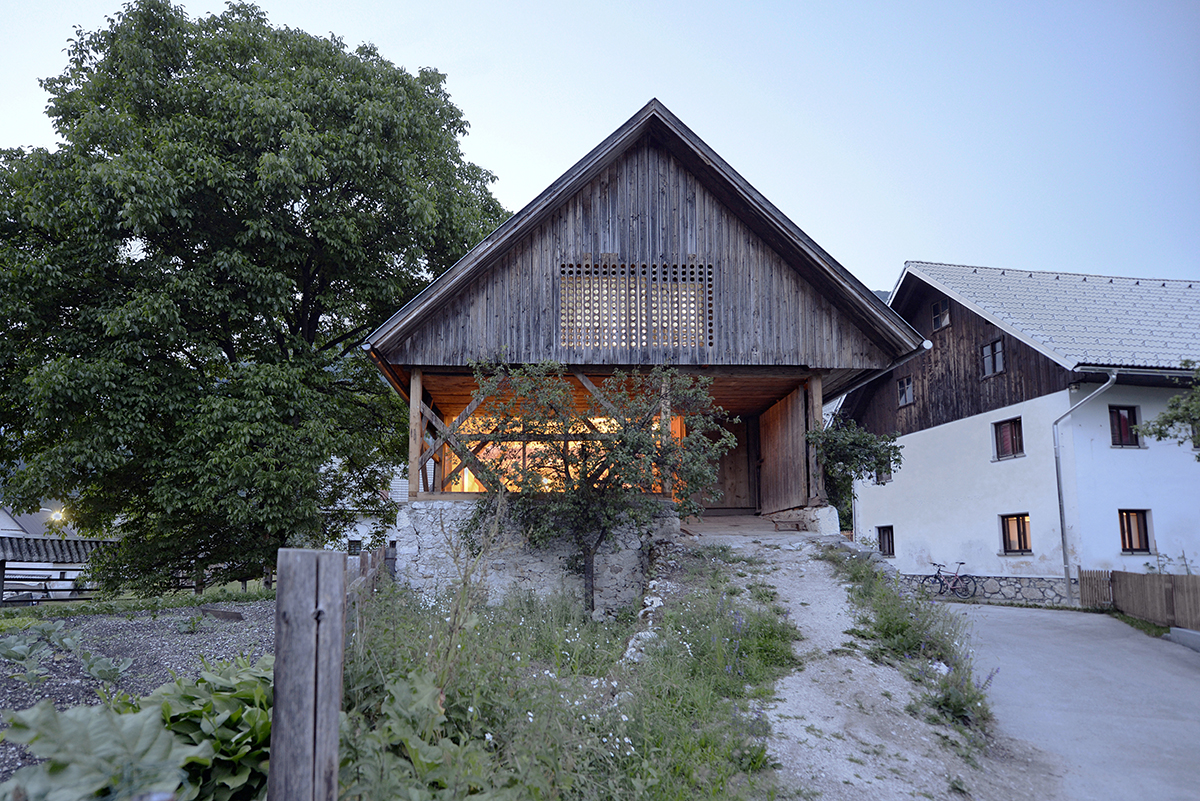
Architecture revives
Slovenia is an Alpine country: 11 percent of its territory is above 1,600 meters above sea level. The Slovenian Alps are dotted with secluded farms and clustered hamlets, but there are also larger towns on the plains of the pre-Alpine regions. In the 1990s Slovenia, together with other Alpine countries, entered the Convention on the Protection of the Alps. Due to its small size, the Slovenian Alpine area is manageable, but very fragile and sensitive to various interventions, especially to architectural ones. Namely, architecture shapes the mentality and consciousness of people, and thus also a country’s cultural and economic development. Today, it is difficult to talk about revitalizing the Alps without mentioning tourism, which brings money to the Alpine environment and creates jobs. Unfortunately, the Slovenian Alpine space is changing without a comprehensive approach to urban and architectural development. Economy and tourism-oriented strategies are also vague. Individual examples of modern quality architecture are a rather happy coincidence, the result of the architect’s sensibility, experience and mastery, and of the investor’s cultural vision. That is why the examples of good architectural practice that culturally and economically revive the Slovenian Alpine region and preserve its identity stand out all the more. They are distinguished by their attitude towards the environment – marked by an understanding and respect for the natural and cultural landscape, dimensions of volumes that are carefully integrated into the scenography of mountain ambiances, modern spatial design, the selection of new natural materials, the interpretation of traditional architectural heritage, and preservation of local traditions and the knowledge of ancestors.







